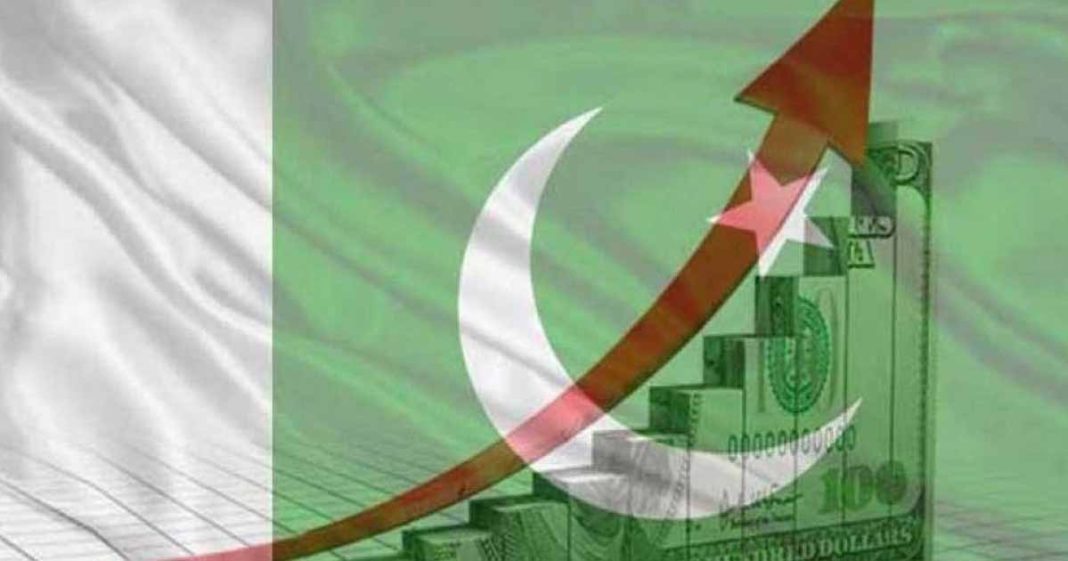The last few years have been critical for Pakistan because they have shown the different areas in which the state lacks. Our economy’s distortion, coupled with our failure to deal with contemporary difficulties, has resulted in serious problems for Pakistan. Pakistan must make headway in several areas, including development planning, unemployment, poverty, income distribution, economic growth, inflation, trade and deficits, public debt, and sectoral imbalances. In this aspect, Pakistanis have high aspirations as well as concerns as the year 2022 approaches.
To begin, Pakistan’s standing on the grey list will be reviewed by the Financial Action Task Force (FATF). It has had a negative impact on FDI, and Pakistan has suffered a US$38 billion economic blow as a result. Despite Pakistan’s ongoing efforts to meet FATF’s criteria and remove its name from the grey list, the country has remained on the grey list since 2018. The FATF’s next meeting scheduled for February 2022 will determine if Pakistan can now move forward on the route to recovery or if it will continue down the same path.
Read more: Doing science-based regional development rationally in Pakistan
If simple statistics are recorded and the true facts behind these figures are hidden from the broader public, the severity of the economic crises can easily be underestimated. Pakistan’s GDP is predicted to increase from $292 billion in 2022 to $312 billion in 2023. This figure is frequently used to deceive the general population, who will cheer the government without realizing the problem in the figure. In actuality, the GDP is equal to the total investment, consumption, government spending, and net exports.
In Pakistan, consumer spending accounts for 96 percent of GDP growth
The two most significant variables, net export and investment, are both ignored. Our consumption growth has outpaced our income growth, and inflation, which is also a major present issue, occurs just after consumption increases. As a result, rather than investing, Pakistan’s economy is dependent on consumption. Citizens must spend more on housing services due to a lack of investment in housing infrastructure and efficient electricity distribution. They are unable to save since their meager earnings must be used to pay for housing. Because they are unable to save, the country is unable to invest.
Moreover, Pakistan is now accepting loans at an alarming rate of roughly PKR 16 billion per day, with this figure predicted to rise to PKR 20 billion by the end of 2022 and PKR 35 billion by the end of 2025 if the current trend continues. Because the loans are backed by statutory guarantees from the Pakistani government, the country may be obliged to sell up important assets to pay off the debt. According to the Ministry of Economic Affairs’ ‘Annual Report on Foreign Economic Assistance 2020-21,’ the present government contracted a total of $34.17 billion in additional loan arrangements in its first three years in office.
The total amount of foreign loan disbursements throughout the three years was $35.1 billion
According to the research, Pakistan lost $8.41 billion in the fiscal year 2018-19, followed by $10.45 billion in 2019-20, and $15.32 billion in 2020-21. As a result, Pakistan’s external state debt climbed by $7.7 billion to $85.6 billion at the end of June 2021, up from $77.9 billion at the end of June 2020. The external public debt was $73.4 billion at the end of June 2019. The state must address the issue of Pakistan’s tremendous domestic and international debts, which constitute a serious threat to the country.
Read more: China to sell Z-10ME choppers to Pakistan as Turkish deal fails
Needless to say, policymakers and implementers must pay prompt attention to Pakistan’s economic situation. Only then will the country be able to move forward and address other pressing challenges such as climate change and environmental issues. But there is a silver lining- or there might be with the year 2022 approaches, the PTI administration has little time to demonstrate its eligibility in order to win the next elections. So perhaps, there is still hope. For the time being, we shall just have to wait and see if the situation improves or worsens as Pakistan enters another critical and decisive period.
The writer is a Research Intern at the Institute of Strategic Studies Islamabad (ISSI). The views expressed in the article are the author’s own and do not necessarily reflect the editorial policy of Global Village Space.














